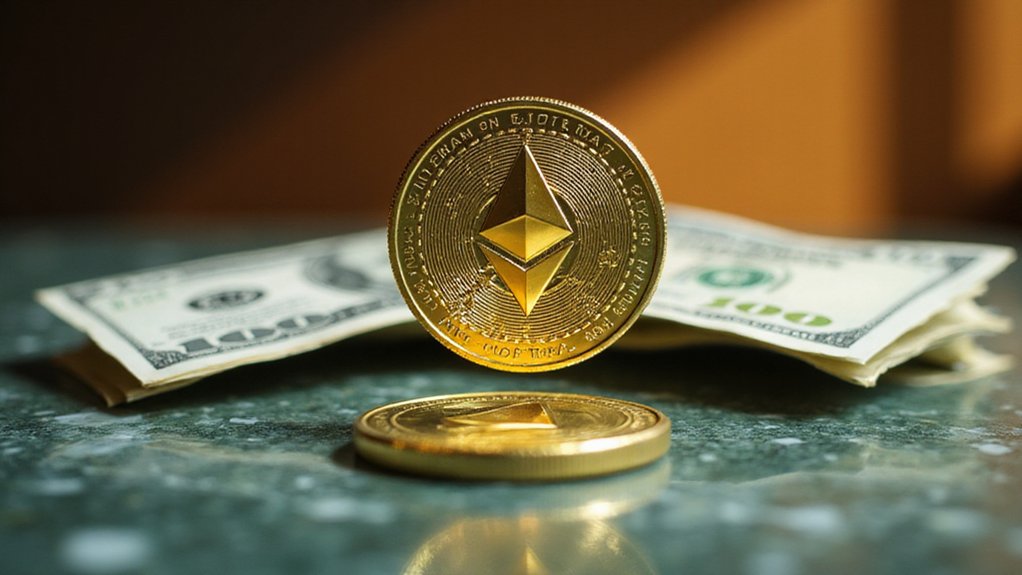OKX has orchestrated what might be charitably called the most audacious display of financial theater in recent memory, announcing a token burn so spectacular that it sent OKB prices rocketing 170% in a single day—because apparently, in the crypto universe, the fastest way to increase value is to literally set $7.6 billion worth of tokens ablaze.
The exchange’s August 15, 2025 incineration of 65.26 million OKB tokens represents more than mere corporate pyrotechnics; it’s a calculated attempt to achieve digital scarcity through technological immolation. By capping the total supply at 21 million tokens—a deliberate homage to Bitcoin’s finite ceiling—OKX has fundamentally transformed OKB from an inflationary asset into a deflationary curiosity that investors seem willing to chase with remarkable enthusiasm.
Corporate fire sale masquerading as market evolution—where destroying billions somehow creates value in crypto’s peculiar logic.
Market reaction bordered on euphoric, with OKB surging from relative obscurity to highs of $143 before settling into a more digestible $115-$124 range. Some analysts identified $150 as the next gravitational pull, while more cautious observers suggested dip-buyers might find solace around $65 or even $34—a spread that suggests nobody really knows where this particular rocket ship will land. The timing coincides with growing anticipation for a 2024 bullish run as institutional and retail investors position themselves for the next major market cycle.
The burn coincides with OKX‘s ecosystem consolidation efforts, including the upgrade of its X Layer blockchain using Polygon CDK technology. The enhancement delivers 5,000 transactions per second with near-zero gas fees, transforming what was presumably a sluggish network into something approaching functional efficiency.
Meanwhile, the planned January 2026 shutdown of OKTChain and cessation of OKT token trading effectively forces ecosystem participants into OKB adoption—a move that demonstrates either strategic brilliance or corporate consolidation masquerading as innovation. This disintermediation strategy allows users to bypass traditional middlemen while reducing fees, following broader crypto trends toward eliminating institutional gatekeepers.
Technical analysis reveals $74 as the new support level, though in a market where tokens can surge 170% overnight based on planned destruction, traditional support and resistance metrics seem quaint. The permanent removal of minting capabilities from OKB’s smart contract guarantees this theatrical gesture cannot be repeated, creating genuine scarcity in a digital domain where abundance typically reigns supreme.
Whether this deflationary pressure sustains long-term value appreciation remains the trillion-dollar question that only time—and market psychology—will answer.








